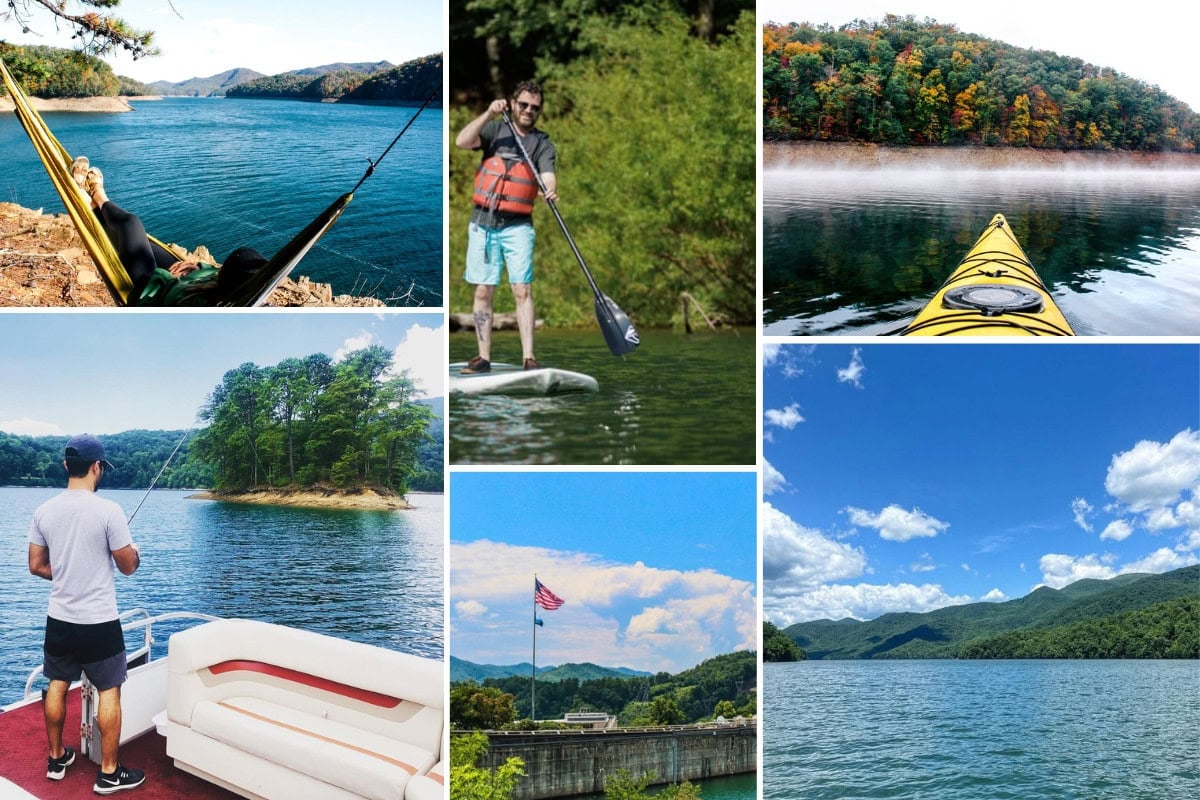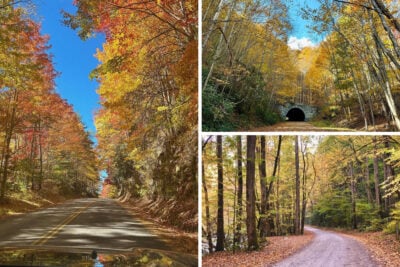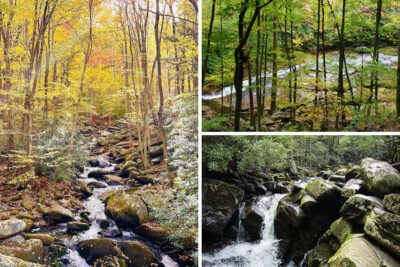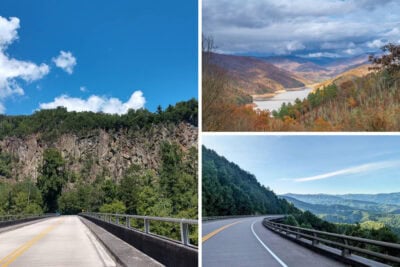Fontana Lake: Where the Smokies Hold Their Breath
Would you like to save this full guide?
Fontana Lake isn’t flashy. It doesn’t sparkle in Instagram geotags or show up on Top 10 Smoky Mountain Destinations lists. There are no boardwalks, no foot-long corndogs, no curated overlook with a plaque telling you how to feel.
And that’s the whole point.
This is the Smokies’ quietest water — a long, deep, mountain-lined lake with no agenda other than stillness, solitude, and letting the wilderness do what it does best.
You don’t come to Fontana to be entertained. You come to exhale.

What (and Where) Is Fontana Lake?
Fontana Lake slices like a blue ribbon along the southwestern edge of the Great Smoky Mountains National Park. On one side, you’ve got steep, forested ridgelines protected by the park. On the other side, the wild and winding Nantahala National Forest.
No development lines the northern shore — not because it wasn’t wanted, but because it’s legally forbidden. This land is forever wild, thanks to the national park’s boundaries.
And the result? A shoreline that feels like a secret. A lake that acts more like a mountain river. A place where silence isn’t awkward — it’s sacred.
The lake itself stretches more than 25 miles end to end, with over 240 miles of twisting, cove-filled shoreline. It was formed in the 1940s when the Little Tennessee River was dammed as part of the TVA’s massive hydroelectric project. Like most things in Appalachia, its history is layered and not without pain — but more on that in a bit.

The Dam That Built a Destination
Let’s start at the far western end of the lake: Fontana Dam.
Built during WWII to help power critical wartime industries, this massive concrete wall stands 480 feet tall, making it the tallest dam east of the Rockies. And if that number doesn’t mean much to you? Walk across the top.
You’ll feel it.
Below you, water drops away with startling verticality. On one side, Fontana Lake is calm and glassy. On the other side, the Little Tennessee River is now a narrow vein winding through the valley.
There’s a small visitor center, open seasonally, with exhibits on the dam’s construction and the communities displaced by its creation. But the best part? The view from the top — and the sense that you’re standing on something that once powered a nation.
Also worth noting: The Appalachian Trail crosses right over the dam. So technically, you can say you hiked the AT… even if it’s just across a bridge.
Life on the Lake: What to Do (or Not Do)
If you’re the kind of traveler who needs a full itinerary and a backup plan, Fontana might not be your lake. This is a place where the days unfold slowly and sometimes not at all.
But for those willing to lean into the stillness, here’s what’s waiting:

Paddle or Drift
Fontana is a haven for small boats. Bring your kayak or canoe — or rent one from an outfitter in Bryson City or Fontana Village — and set off into a world that’s equal parts water and wilderness.
You’ll find finger-like coves where kingfishers dart across the surface, steep wooded banks where deer sip at the edges, and open water so still it reflects the clouds perfectly.
This is not a party lake. It’s a postcard you get to paddle through.
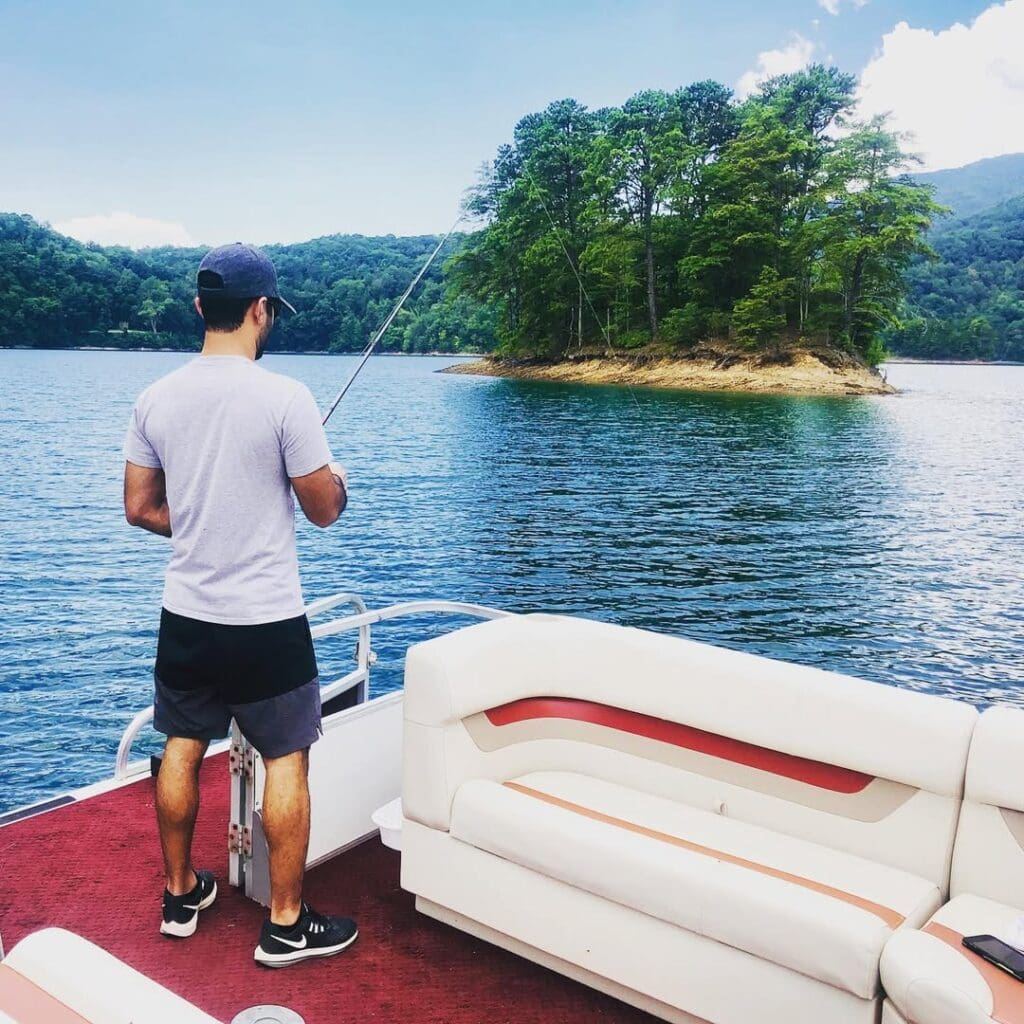
Rent a Pontoon and Vanish for the Day
Pontoon rentals are available through Fontana Village Marina, and they’re the perfect way to access parts of the lake that would take hours to hike.
Pack a cooler, bring a swimsuit, and find a cove to call your own. There are sandy nooks for swimming, shaded edges for fishing, and zero cell service — so no one can bother you, even if they try.
Some folks spend the entire day out there with nothing but books, snacks, and the occasional plunge into the deep. Honestly? Not a bad way to live.
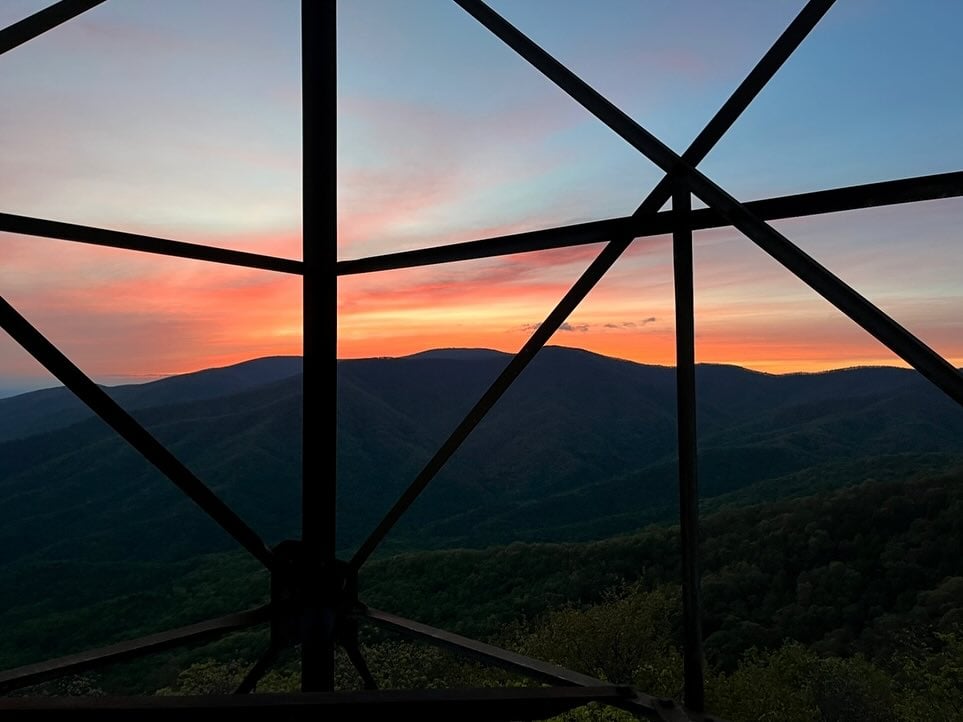
Hike to Shuckstack (Or Don’t)
If you’re the kind who likes to earn your views, the Shuckstack Fire Tower trail is your Fontana moment.
The trail starts just off the dam and climbs steeply for 3.5 miles to a rickety old tower that rewards your quads with a 360-degree view: Fontana Lake stretching like a blue ribbon, the Appalachian Trail below, and mountains rolling out to forever.
The tower is old-school. No handrails. No promises. But if the weather’s clear and your legs are steady, it’s unforgettable.
If you’re not up for the climb, just stand near the base of the trail and soak in the views from the ridgeline. Fontana shines from every angle.

Ghosts Beneath the Surface
What lies beneath Fontana Lake isn’t just rock and sediment — it’s history.
When the lake was created, the rising water swallowed entire communities. Judson, Bushnell, and most famously Proctor disappeared beneath the floodline. Homes, schools, churches, and cemeteries were either relocated or left behind.
Proctor still exists — sort of. You can hike to its ruins via the Lakeshore Trail, or reach the area by boat and walk the overgrown paths that once led through town.
The government promised roads to reconnect families to their ancestral lands, but those roads were never completed. That’s why you’ll still hear the phrase “The Road to Nowhere” — a broken promise that haunts both history books and family lore.
You can visit the Road to Nowhere tunnel outside Bryson City. It’s eerie, evocative, and a little bit poetic — like everything else about this lake.

Where to Stay (And Why Fontana Village Feels Like Summer Camp for Adults)
Fontana Lake isn’t surrounded by lakeside rentals or luxury resorts. But it does have a village.
Fontana Village Resort sits just uphill from the dam and offers a mix of rustic cabins, a small lodge, and a general store. It was originally built to house workers during the dam’s construction, and the vibe still leans a bit mid-century no-frills.
But that’s part of the charm.
There’s a firepit out front, rocking chairs on the porch, and trails weaving in and out of the forest nearby. You won’t find fine dining or spa robes, but you will find quiet mornings, honest food, and a front-row seat to the Smokies at their most sincere.
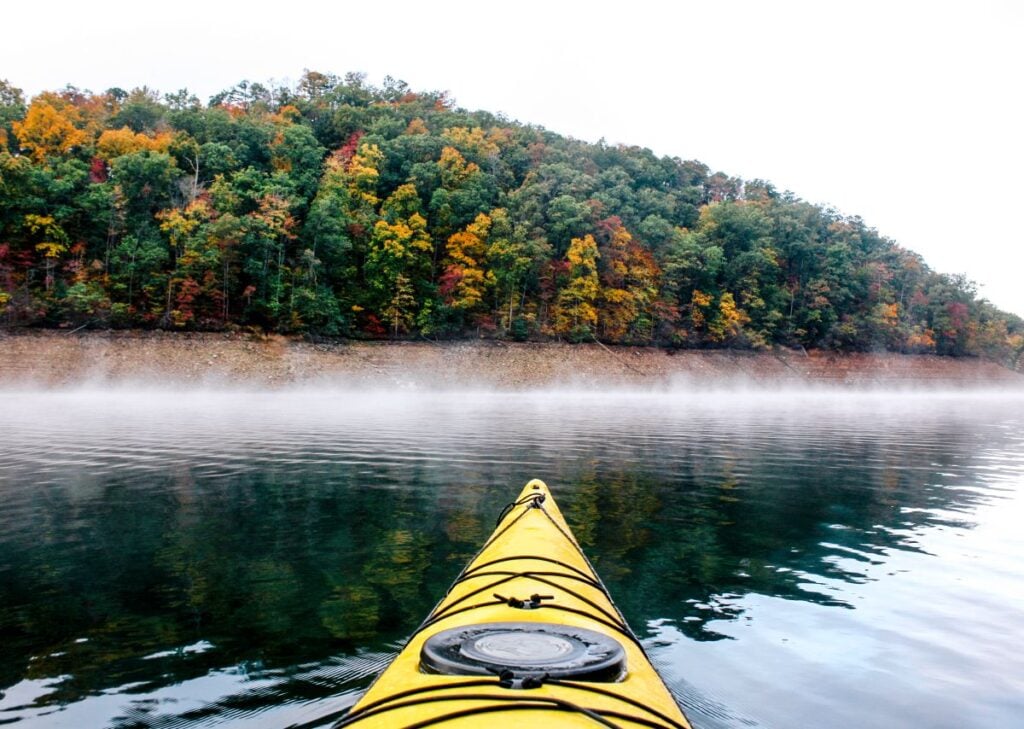
Best Time to Visit
| Season | What You’ll Find |
|---|---|
| Spring | Wildflowers on the ridges, glassy water, fewer people |
| Summer | Ideal for boating, fishing, and long days on the water |
| Fall | Stunning foliage mirrored in the lake — peak magic |
| Winter | Misty mornings, snow-dusted ridgelines, and near-total solitude |
Each season feels different. All of them are worth it.
Before You Go: A Few Tips
- Fuel up in Bryson City or Robbinsville. Once you’re in, options are limited.
- Download offline maps. You will lose signal.
- Check water levels. Fontana’s shoreline changes seasonally with the dam’s management schedule.
- Leave No Trace. If you pack it in, pack it out – especially if you’re boating into backcountry campsites.

Why Fontana Stays With You
Fontana Lake doesn’t dazzle. It lingers.
It’s not the Smokies’ experience most visitors expect, but it’s the one they remember. It’s where mornings are quiet enough to hear your own thoughts, where time moves a little slower, and where the ridgelines are reflected so perfectly in the water, you’re not sure which way is up.
Come with a map if you must. But leave room to get a little lost. Because Fontana isn’t a destination. It’s a reset.

